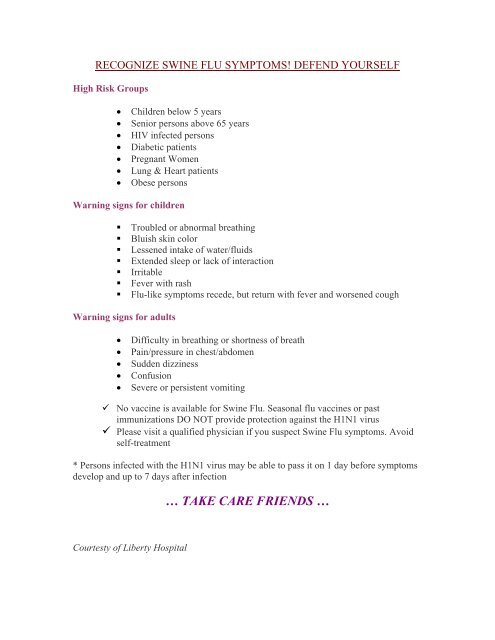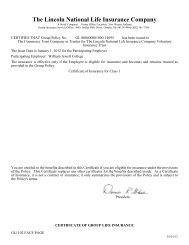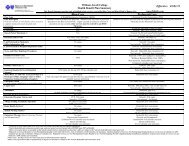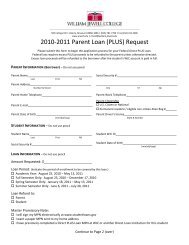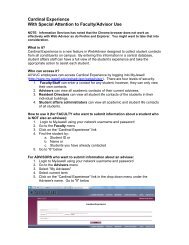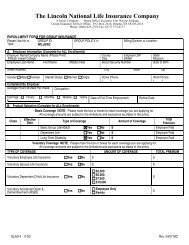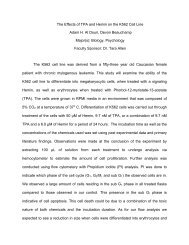Difference between Cold and Swine Flu Symptoms
Difference between Cold and Swine Flu Symptoms
Difference between Cold and Swine Flu Symptoms
Create successful ePaper yourself
Turn your PDF publications into a flip-book with our unique Google optimized e-Paper software.
RECOGNIZE SWINE FLU SYMPTOMS! DEFEND YOURSELF<br />
High Risk Groups<br />
• Children below 5 years<br />
• Senior persons above 65 years<br />
• HIV infected persons<br />
• Diabetic patients<br />
• Pregnant Women<br />
• Lung & Heart patients<br />
• Obese persons<br />
Warning signs for children<br />
• Troubled or abnormal breathing<br />
• Bluish skin color<br />
• Lessened intake of water/fluids<br />
• Extended sleep or lack of interaction<br />
• Irritable<br />
• Fever with rash<br />
• <strong>Flu</strong>-like symptoms recede, but return with fever <strong>and</strong> worsened cough<br />
Warning signs for adults<br />
• Difficulty in breathing or shortness of breath<br />
• Pain/pressure in chest/abdomen<br />
• Sudden dizziness<br />
• Confusion<br />
• Severe or persistent vomiting<br />
No vaccine is available for <strong>Swine</strong> <strong>Flu</strong>. Seasonal flu vaccines or past<br />
immunizations DO NOT provide protection against the H1N1 virus<br />
Please visit a qualified physician if you suspect <strong>Swine</strong> <strong>Flu</strong> symptoms. Avoid<br />
self-treatment<br />
* Persons infected with the H1N1 virus may be able to pass it on 1 day before symptoms<br />
develop <strong>and</strong> up to 7 days after infection<br />
… TAKE CARE FRIENDS …<br />
Courtesty of Liberty Hospital


